Family meal planning on a tight budget can feel overwhelming, but it doesn’t have to be. With some organization and savvy shopping, you can make meals that are both good for you and easy on your wallet.

Stretch your food budget while making meals your family will enjoy. A good plan helps you buy just what you need so you can avoid last-minute takeout or wasting money on ingredients you won’t use.
Family meal planning basics
These tips can make your meal planning both easier and more budget-friendly. Incorporate them into your routine to make the most of your time and money.
Involving the whole family
Don’t carry the load of meal planning all by yourself. Get your family, even the kids, to chip in. Hold a weekly family meeting to discuss meal preferences, dietary needs, and schedule constraints. You can also assign specific roles based on age and ability. They can help pick meals, shop, or even cook.
For example, younger children can help by choosing a favorite vegetable or fruit for the week. At the same time, older kids might take on more complex tasks like helping with the cooking or even preparing a simple meal themselves. It’s a team effort.
Seasonal and local shopping
Buying fruits and veggies that are in season and local to you is often cheaper, and they usually taste better, too. Keep a list of what’s in season to guide your meal planning, then base your meals around these.
Farmers’ markets and local farms often offer better prices for produce than supermarkets. Buying directly from producers supports the local economy and reduces the carbon footprint associated with food transport.
Embracing leftovers
Leftovers are your friend. They help you save time and make your groceries go further. For example, roast chicken from dinner can become a new dish, like this green chile chicken that can be stored for the next day. Additionally, vegetables from another meal can be added to freezer-friendly meals like chicken corn soup or beef stew.

Another tip is to learn the best ways to store different types of leftovers to maintain freshness. Investing in quality storage containers can keep leftovers tasty and safe to eat for longer. You can also dedicate a night to ‘leftover buffets’ where everyone can choose from various dishes to create their own plate. This can clear out the fridge and add an element of fun to mealtime.
“After 30 years of cooking for my family, I have found that they love to help with meal planning. I ask everyone what they want to eat for the next week or two and have them jot it down on our meal planning sheets. When they help, they’re more invested in eating what we have for dinner, thus stretching our food dollars as far as possible.”
— Laura Sampson, Little House Big Alaska
Creating a shopping list
Making a smart shopping list is key to planning meals well and saving money. A shopping list can also make trips quicker and help you avoid buying things you don’t really need.
Before you make your meal plan and shopping list, see what you already have at home. Look through your pantry, fridge, and freezer to identify which staples you already have. This includes grains, pasta, canned goods, spices, frozen vegetables, and proteins.
To reduce waste, plan to use items nearing their expiration date. Incorporate these ingredients into your meal plan first before deciding on additional meals for the week, then fill in with meals that share common ingredients to minimize the variety of purchases needed.
After picking your recipes, make a shopping list sorted by type of food — like produce, meat and so on. This will help you get through the store faster and stick to your list, so you’ll only buy what you need and nothing extra.
Creating a simple meal planning template can streamline your weekly grocery trips and cooking schedule. A basic spreadsheet or handwritten chart can help you list daily meals, the ingredients needed, and any prep work. Consider sections for breakfast, lunch, dinner, and snacks.
Finally, leave some flexibility in your meal plan for eating out, leftovers, or changing plans. This helps ensure that your meal plan is realistic and adaptable to your family’s week-to-week needs. Doing this also makes it easier to stick to your plan and budget.
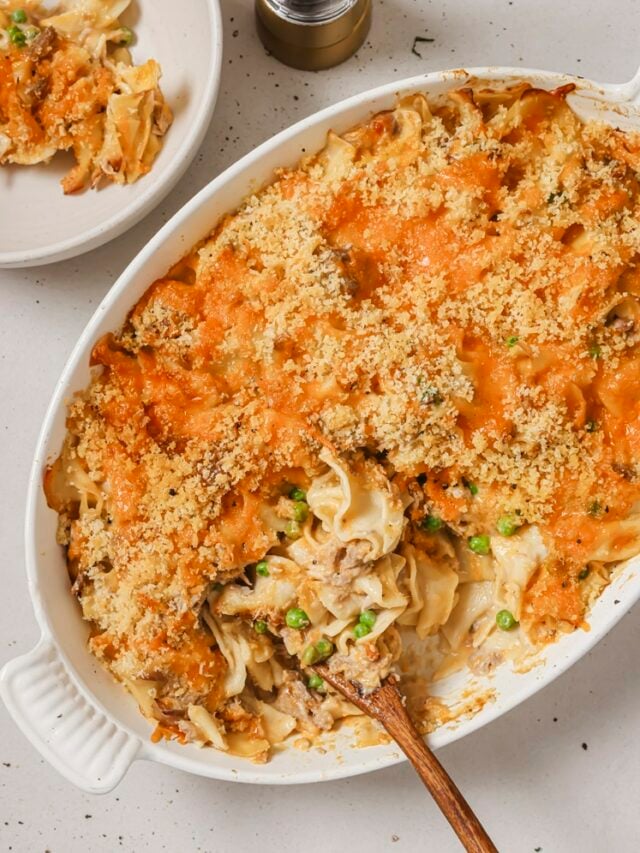
Budget management
Effective budget management helps you keep track of your grocery spending and find ways to save money. Setting a clear budget, monitoring your expenses, and making smart shopping choices can stretch your dollars further and reduce waste.
Here’s a deeper look into managing your grocery budget effectively:
Establish your budget
The first step in budget management is to figure out how much you can realistically spend on groceries each week or month. Take a close look at your income and expenses to determine a reasonable amount for your grocery budget. Remember to account for all food-related expenses, including eating out. Once you’ve reviewed your finances, set a firm budget for groceries. Depending on your pay schedule and shopping habits, this might be a weekly, bi-weekly, or monthly budget.
Track spending and save receipts
Keep tabs on your current spending to see where you might save money. Many apps are designed for budget tracking, including those specifically for groceries. Alternatively, a simple spreadsheet can be just as effective. You can also save receipts to review your purchases, compare prices, and adjust your buying habits accordingly.
Identify areas for savings
With a clear budget and tracking system in place, you can start to identify where you might save money. Note which stores have the best prices for the items you buy regularly. This might mean shopping at multiple stores or changing where you shop entirely.
Another tip is to take advantage of bulk buying for non-perishable items and sales for items you can freeze or store. You can also plan your meals carefully and note dishes that usually have leftovers to reduce the amount of food that goes to waste, which in turn saves money.
Practice smart grocery shopping habits
Knowing your budget and developing smart shopping habits can help you make smarter choices at the grocery store. Always shop with a list and stick to it to avoid impulse purchases that can inflate your grocery bill.
Eating before you go to the store can also reduce impulse buys, as you’re less likely to be swayed by hunger. Additionally, you can go to the store during off-peak hours when it is less crowded. This can lead to a more relaxed shopping experience, allowing you to compare prices and make thoughtful purchases carefully.
Regularly review and adjust your budget
Your grocery budget isn’t set in stone, and regular reviews can ensure it remains aligned with your financial situation and goals. Life changes, such as a new dietary requirement, a change in income, or a new addition to the family, may necessitate adjustments to your budget. Reviewing your spending at the end of each month can help you see if everything will still fall within your budget.
Time management
Managing your time effectively can also have a direct impact on your family meal-planning budget. It can lead to healthier eating habits, reduced stress, and more enjoyable family meals.
First, start by getting a clear picture of your weekly commitments and available time for meal preparation. Take a few minutes each week to look at your family’s schedule. Identify busier days when quick meals or leftovers are ideal and days when you have more time to cook.
When you know you’ll have less time to cook, planning for simpler, quicker meals can help you avoid the expense of last-minute takeout or convenience foods, which are often pricier than home-cooked options.
Have a repertoire of quick, healthy meals that can save you from the high cost and lower nutritional value of takeout on busy nights. You can also create a list of meals that can be made in 30 minutes or less. Also, consider semi-prepared ingredients, such as frozen vegetables or canned beans, that save time without significantly impacting your budget.

On weekends or days when you have more time, cooking larger or more complex meals can yield leftovers. This will cut down on the need for additional ingredients for subsequent meals.
Prepare and cook meals in large batches to be refrigerated or frozen and used later. This is especially useful for soups, stews, casseroles, and sauces. You can also prep the ingredients in advance — wash, chop, and store vegetables, marinate proteins, or assemble meal kits for your refrigerator. This makes putting meals together much quicker and easier.
Lastly, review and adjust. Your schedule and time availability may change, so flexibility is important. Regularly review what’s working and what isn’t in your meal prep routine and make adjustments accordingly. Be prepared to swap meals around as needed if your schedule changes unexpectedly.
In-store strategies
To make the most of your grocery budget, it’s important to have some key in-store strategies in place. These can not only reduce your grocery bill but also make your shopping trips more efficient.
By planning ahead, making informed choices, and using available programs and discounts, you can stretch your grocery budget further while still enjoying quality meals at home. Here are some shopping tips to keep in mind:
Buy in bulk when possible
For long-shelf-life foods and pantry staples like rice, pasta or canned goods, buying in larger quantities can offer per-unit savings. That said, buying only bulk items you know you will use is essential. Also, make sure you have adequate storage space for them.
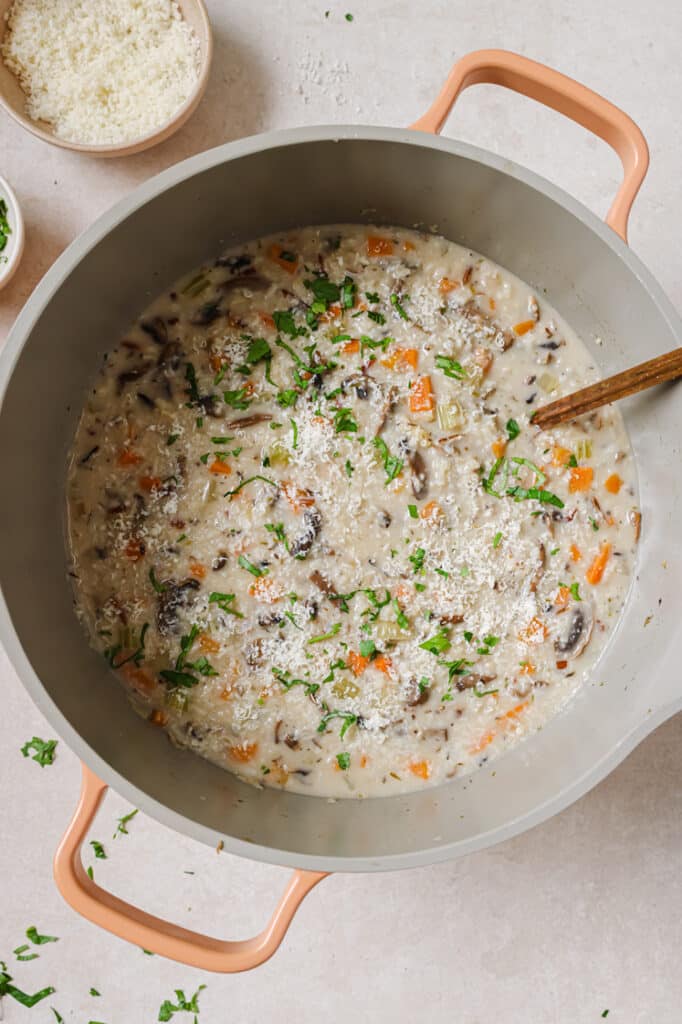
Take advantage of sales and discounts
Be on the lookout for sales, coupons or discounts. Some apps offer cashback on specific items, while digital coupons can be loaded directly onto your store loyalty card. Keep in mind that sales often run on a weekly cycle, so you can plan your shopping trips around these to maximize savings.
“I create my shopping and thus menu planning lists based on grocery store sales circulars. I buy the products the store is promoting at a deep discount that week and create a dish using what’s on sale. Or if I’m not in the mood to eat what they are pushing that week, I freeze it or store it for another week and eat from my pantry. This method keeps my freezer and pantry well-stocked for less during this period of inflation that we’re in.”
— Jennifer Osborn, Kitchen Serf
Consider store brands
Often, store brands are just as good as name brands but come at a lower price point. Don’t hesitate to give them a try. You may find that you prefer them or can’t even notice a difference.
Use loyalty programs
Many stores offer loyalty programs that can provide additional savings or even cash back on your purchases. Make sure to sign up where you frequently shop and use these programs whenever possible. Also, keep an eye on your loyalty program benefits, including any points or rewards you’ve accrued and use them before they expire.
Check unit prices
Sometimes, items are priced in a way that makes it hard to compare directly. Always look at the unit price, whether it be price per ounce, pound, etc., to determine which option is actually the most economical. At times, smaller packages have a better unit price, especially if they are on sale.
Be cautious with end-of-aisle displays
Stores often place more expensive or impulsive items at the ends of aisles. While they may be on sale or appear to be a good deal, double-check that they are something you actually need and that they fit within your budget. These are often used for promotional items, which aren’t always the best deals.
Pay attention to shelf placement
Cheaper items are often placed on higher or lower shelves, while more expensive items are placed at eye level. If you can, take some time to look around to find the best deal.
Budget-friendly meal ideas
Here are some meal ideas to consider for your family meal planning that are easy on your wallet but still fill up the family table. These are not just cost-effective; they also make meal prep more straightforward.
Sheet pan dinners
Sheet-pan dinners are a quick and easy way to make a complete meal with minimal cleanup. They are also low-cost because you use fewer ingredients and can easily use what’s on sale.
- Sausage and Veggies Sheet Pan Dinner: Sausages are cost-effective and flavorful, and when paired with veggies, they make a complete meal.
- Chicken Thighs and Vegetables: Chicken thighs are more affordable than breasts and more flavorful. Pair with seasonal vegetables tossed in olive oil and herbs.
- Salmon and Asparagus: Look for sales on salmon. A simple seasoning and a side of asparagus can make for a nutritious, easy dinner.
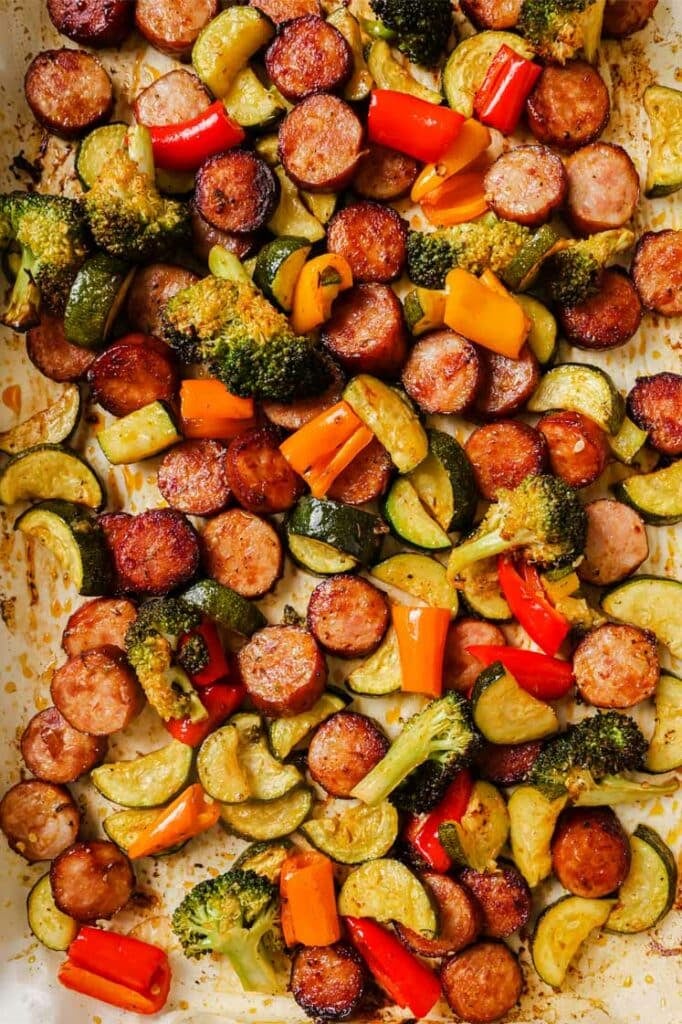
Slow cooker recipes
These meals let you use less expensive meat cuts that get tender as they cook slowly. Plus, cooking in bulk saves money.
- Beef Stew: Use chuck roast, potatoes, carrots, and onions with beef broth for a hearty meal.
- Pulled Pork: Shoulder cuts are affordable and perfect for slow-cooked pulled pork sandwiches or tacos.
- Chili and Soups: These can be made in large quantities and freeze well. Use your choice of protein, beans, tomatoes, and chili spices.
Pasta dishes
Pasta is a versatile base for a multitude of budget-friendly meals. Pasta is also cheap, and you can mix in whatever else is affordable at the time.
- Spaghetti Aglio e Olio: Requires only pasta, garlic, olive oil, and chili flakes. Add a side of green beans for a complete meal.
- Penne with Tomato & Basil: Canned tomatoes, basil, and garlic can create a delicious sauce without breaking the bank.
- Creamy Mushroom Fettuccine: Use in-season mushrooms for a rich yet inexpensive pasta dish.
- Baked Ravioli: Reminiscent of lasagna, but made with a lot less effort. This pasta dish uses frozen cheese ravioli to cut down on prep time and layers it with marinara sauce and cheeses.
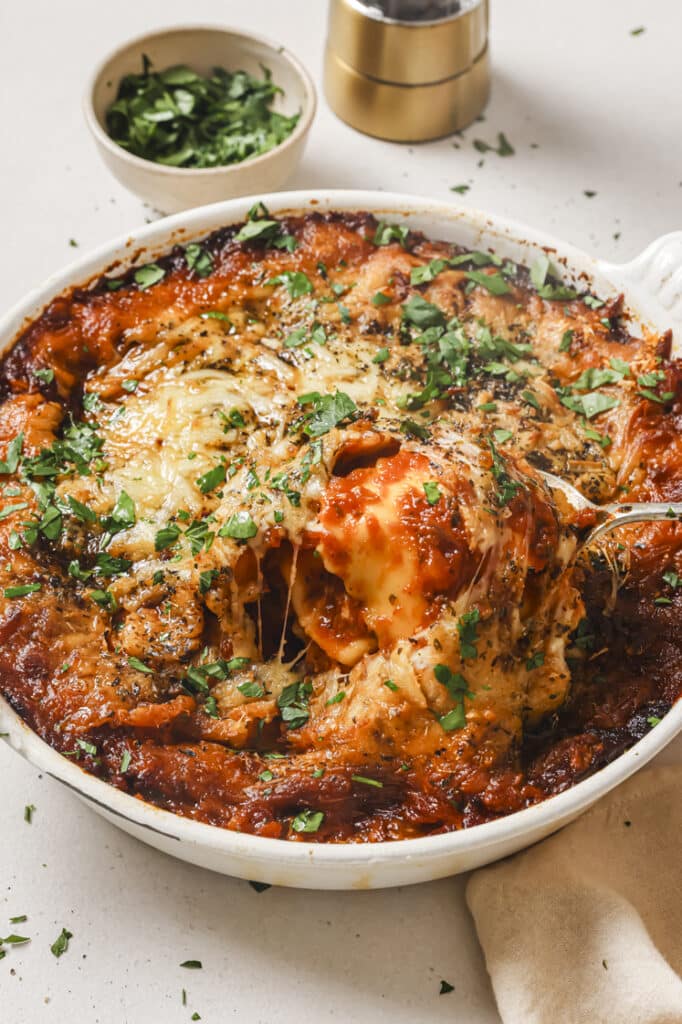
Soups and stews
Soups and stews can be made in large batches and are perfect for using up whatever’s left in your fridge and pantry. They also freeze well.
- Split Pea Soup: Dried split peas, carrots, onions, ham, and celery create a nutritious, filling soup that costs little per serving.
- Chicken Pot Pie Soup: A warm, comforting option where you can use rotisserie or leftover chicken for flavor, plus the veggies you have on hand.
- Vegetable Stew: Gather any leftover veggies, add broth and some beans or lentils for protein, and have a hearty stew.
One-pot meals
One-pot meals are great because you can use cheaper cuts of meat and a mix of veggies, all cooked together, to save on cleaning up.
- Stuffed Bell Pepper Casserole: This casserole features rice, bell peppers, cheese, a few spices, and ground beef cooked on the stovetop and then broiled until golden.
- Creamy Ground Beef Skillet: Ground beef skillet recipe featuring ingredients like ground beef, shredded cheddar cheese, cauliflower rice, and mushrooms.
- Chicken With Creamy Mushroom Sauce: Featuring chicken thighs smothered in a creamy mushroom sauce made of chicken stock, cream, sun-dried tomatoes and spices. Serve it with bread or rice to soak up the delicious sauce.
- Garlic Butter Chicken Bites: A simple but filling option with chicken breasts cooked in a garlic butter sauce.

Versatile proteins
Buy ground meat in bulk to save money, make a big batch of your preferred recipe, and freeze what you don’t use.
- Meatballs: Can be used in sandwiches, with pasta, or as appetizers. Freeze what you don’t use for later meals.
- Meatloaf: A classic, budget-friendly meal that’s filling and can be varied with different mix-ins and toppings.
- Taco Filling: Ground meat with taco seasoning is a versatile base for tacos, burritos, or salads.
Meal prep recipes
Meal prepping is all about making your week easier by preparing meals or meal components ahead of time.
- Quinoa Salad with Roasted Vegetables: Cook a large batch of quinoa and roast vegetables like bell peppers, zucchini, and cherry tomatoes. Mix together and portion out for meals throughout the week.
- Mason Jar Salads: Layer greens, vegetables, protein (such as chicken, tofu, or boiled eggs), and dressing in mason jars. Store in the fridge for grab-and-go salads.
- Overnight Oats: Mix rolled oats with milk (dairy or plant-based), yogurt, and your choice of sweeteners and toppings like fruits, nuts, and seeds. Divide into jars for a ready breakfast.
- Shawarma Kebabs Bowl: Marinate chicken pieces and bake or grill them. Assemble bowls with cooked quinoa, sliced chicken, cucumbers, tomatoes, red onions, and a dollop of tzatziki. Store in containers and enjoy a refreshing meal anytime.
- Easy Tuna Noodle Casserole: Made with inexpensive ingredients like canned tuna, egg noodles, peas and cheese. This dish is kid-friendly and high in protein.
- Meatballs and Rice: Prepare a large batch of your favorite meatballs and bake. Steam some broccoli or your choice of vegetables and serve it with your choice of rice.
- Chickpea and Sweet Potato Bowls: Roast sweet potatoes and cook chickpeas with paprika and cumin. Serve over couscous with a dollop of tzatziki sauce.
- Curry: Cook a large pot of curry using your choice of protein, curry paste, coconut milk, and vegetables. It’s flavorful and filling and freezes well for future meals.
- Bolognese Sauce: A big batch of bolognese sauce can be used in various ways — over pasta, in lasagnas, or as a base for other dishes. Freeze in portions for easy meals.
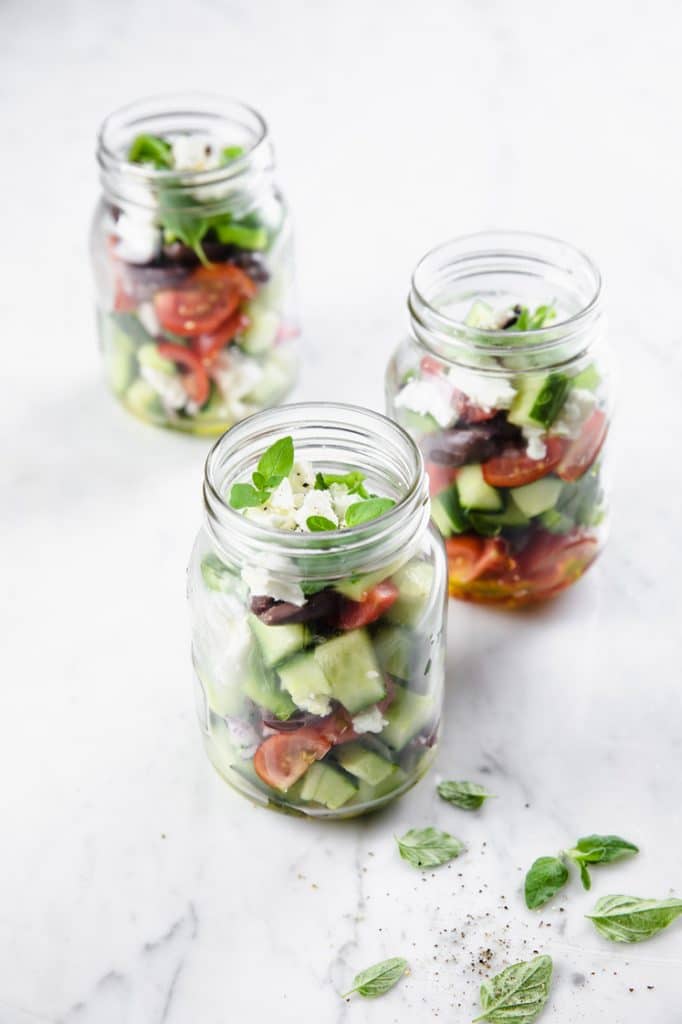
Final thoughts
Family meal planning on a budget is more than doable; it’s a smart way to eat well and manage your finances. The key is preparation, from involving the family in meal choices to staying organized with shopping lists and time management.
With these strategies, you’re setting yourself up for success, making your food budget go further while keeping everyone at the table happy.
Portions of this article originally appeared on Food Drink Life.








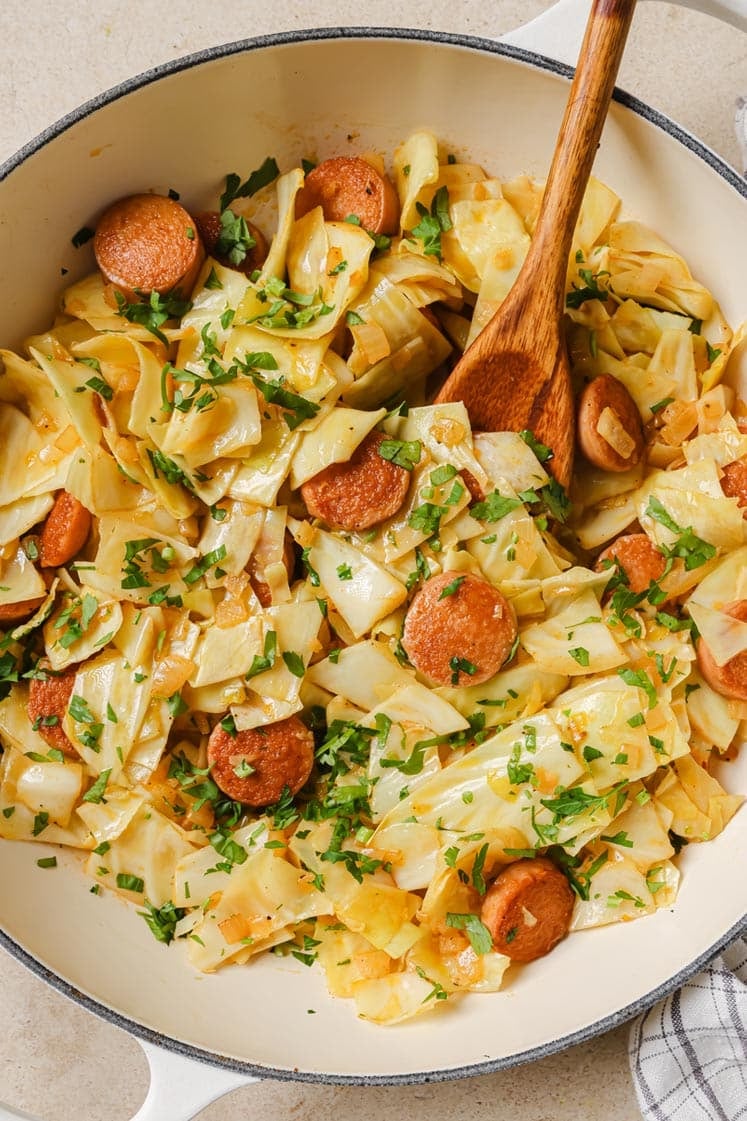

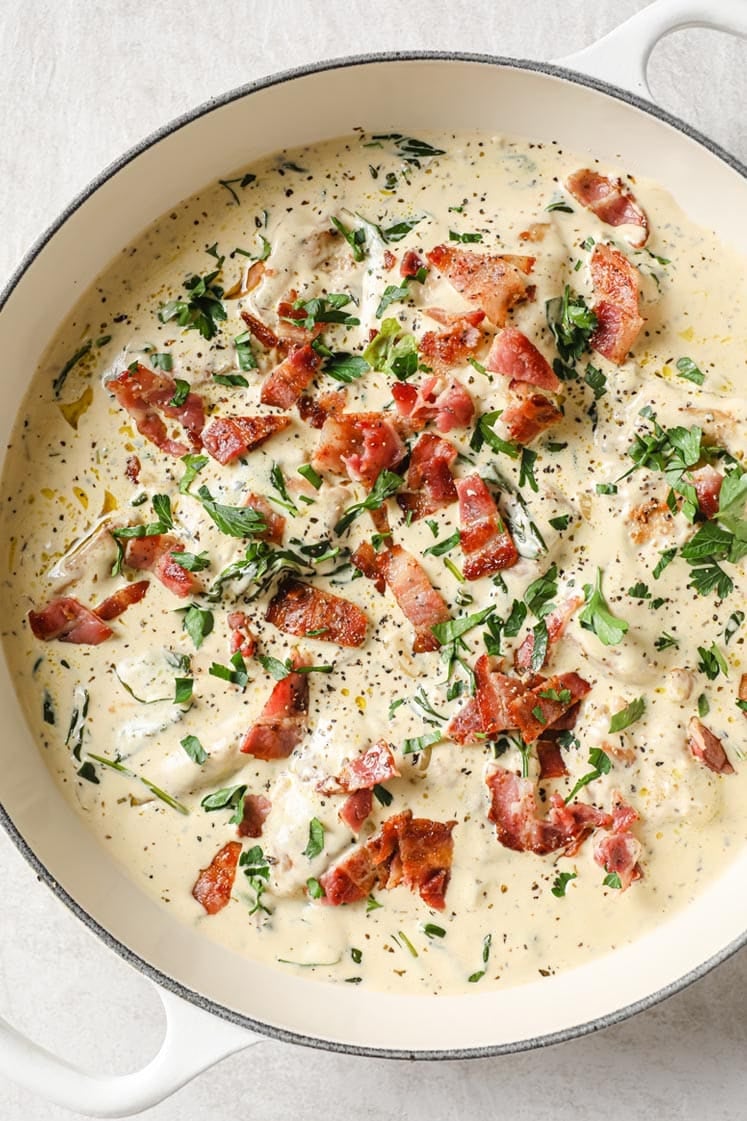
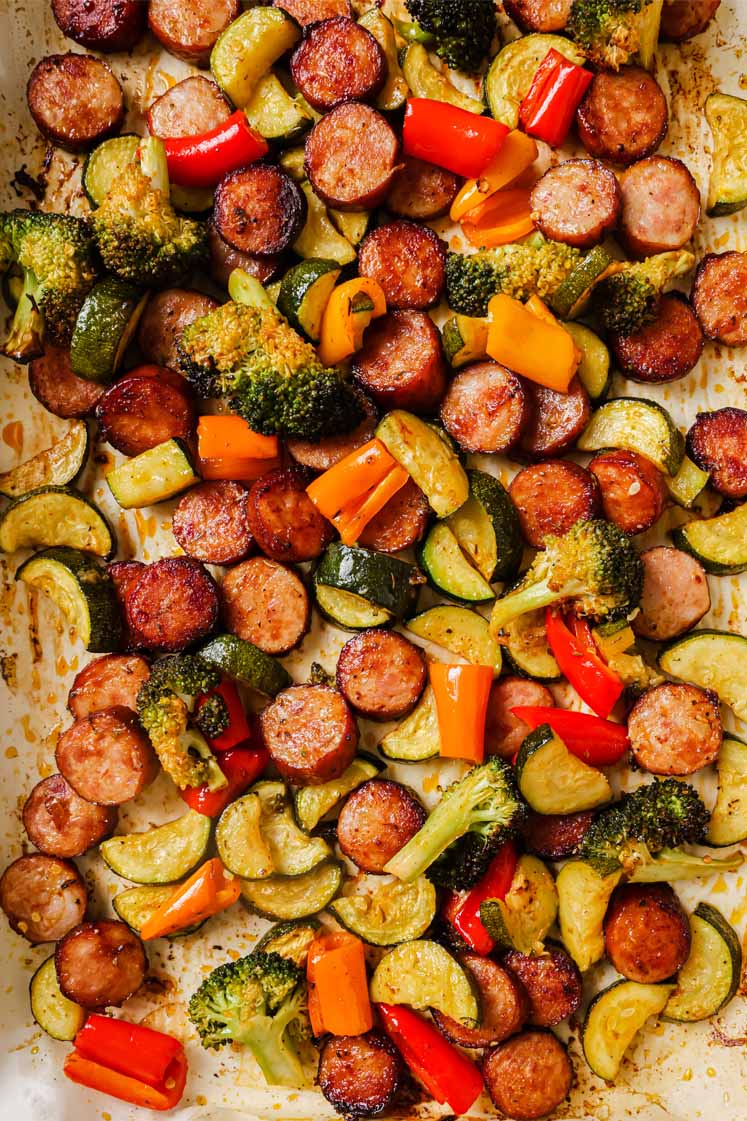
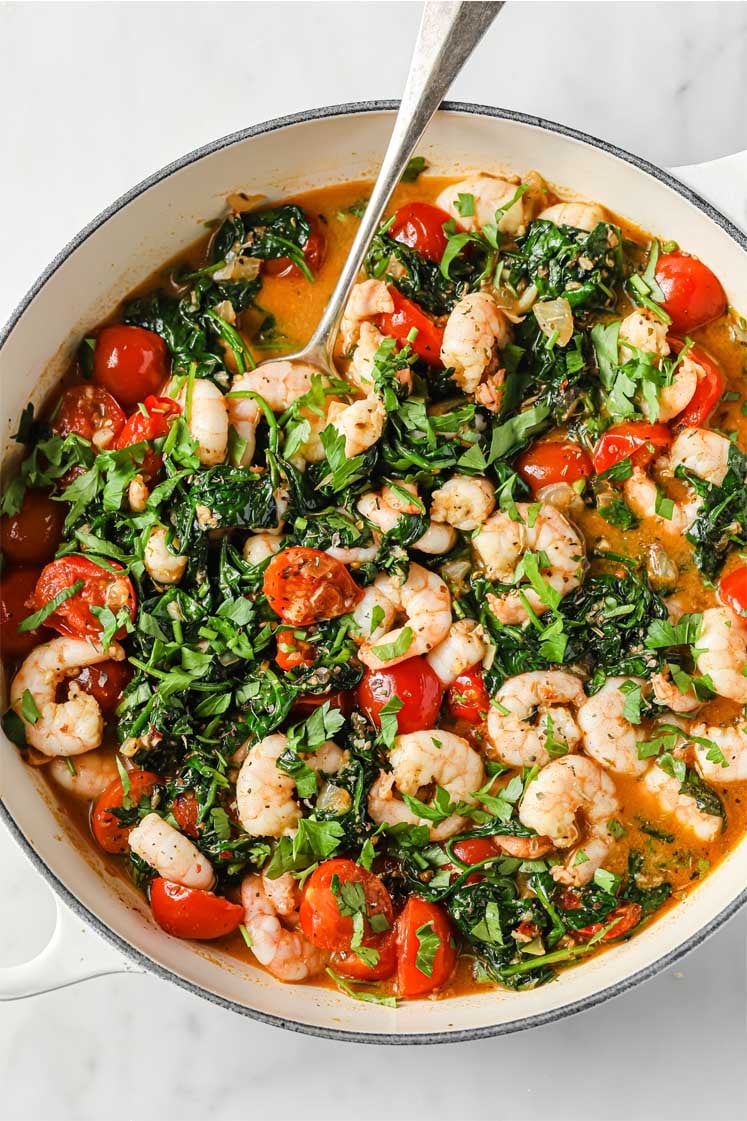

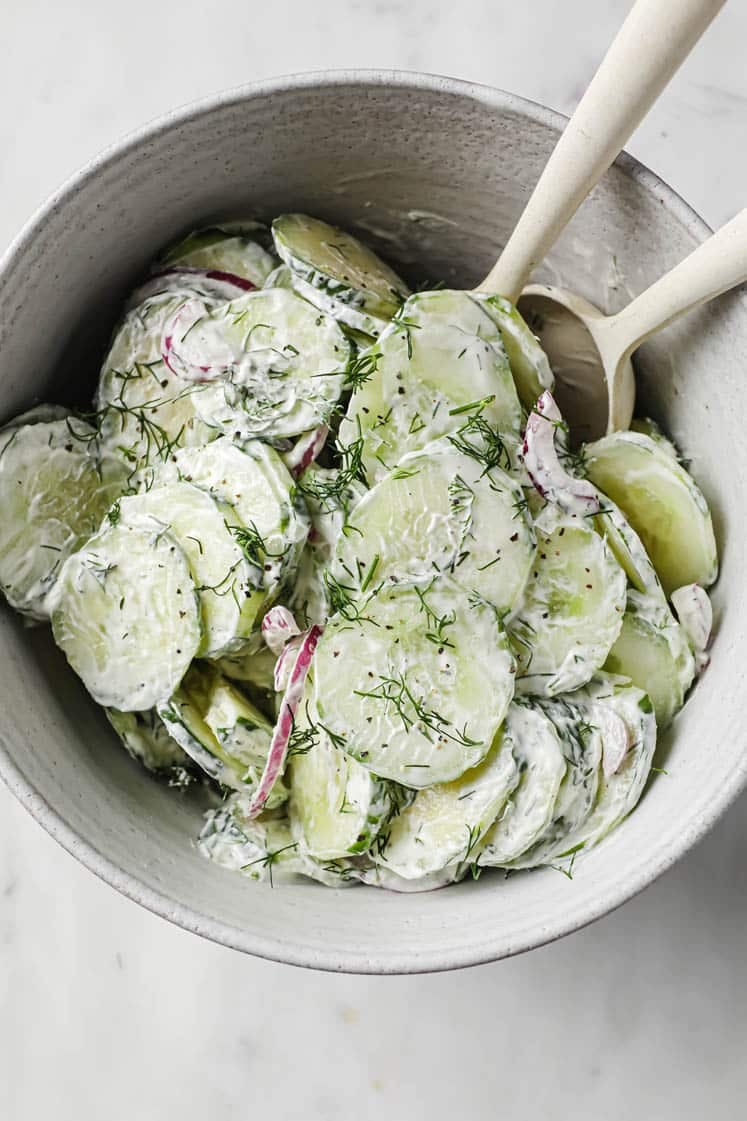









Leave a Reply